This New Discovery At The Edge Of Antarctica Scares Scientists
Strange discoveries in Antarctica:
**1. Discovering continental plates hidden under Antarctica’s thick ice**
– Scientists from Keel University in Germany and the British Antarctic Survey used data from the European Space Agency’s GOCE satellite, which uses gravity imaging to create images of the geological structure under the surface of Antarctica.
– This discovery allows scientists to observe folded tectonic plates and core areas called “cratons” – helping to better understand the formation and future changes of Antarctica as the ice melts.
**2. The appearance of “Pyramids” under the ice**

– Some photos from Antarctica show pyramid-shaped structures, leading to theories about the existence of aliens or ancient civilizations. However, later studies showed that these may just be mountain peaks protruding from the ice that accidentally have the shape of pyramids.
**3. New Life in Lake Vostok**

– Lake Vostok lies 13,100 feet below the ice cap and has been covered by ice for millions of years. When scientists analyzed the ice, they found more than 3,500 DNA samples from ancient bacteria and organisms, many of which did not match any living organisms, suggesting unique ancient species living in this harsh environment.
**4. “Blood Falls”**

– This is a blood-red waterfall located at the end of the Taylor Glacier. The reason is that the water contains high levels of iron, which when exposed to air will oxidize, forming a rusty red color.
**5. Mysterious holes in the Weddell Sea ice**
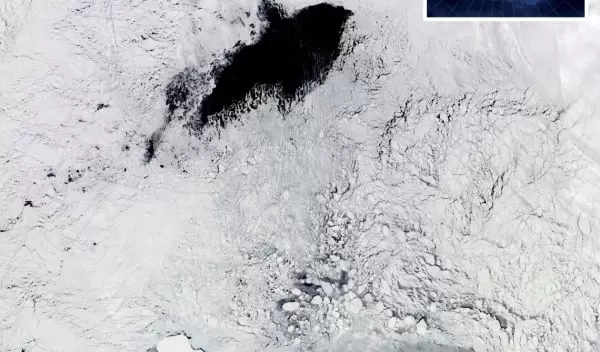
– In 2016 and 2017, large holes suddenly appeared in the sea ice in Antarctica, intriguing scientists. Using satellites and robotic equipment, they discovered that the phenomenon was likely caused by extreme weather conditions and powerful storms.
**6. Plesiosaur Fossil**

– In the northernmost region of Antarctica, scientists discovered the skeleton of an ancient marine lizard called a plesiosaur, which lived 200 million years ago. This is the largest and oldest animal fossil ever discovered in Antarctica.
**7. Giant Fossil Egg**
– In 2020, scientists confirmed that a giant 11-by-7-inch fossil egg found nearly 10 years ago was from an ancient marine reptile, possibly a mosasaur.
**8. Ancient Rainforest**
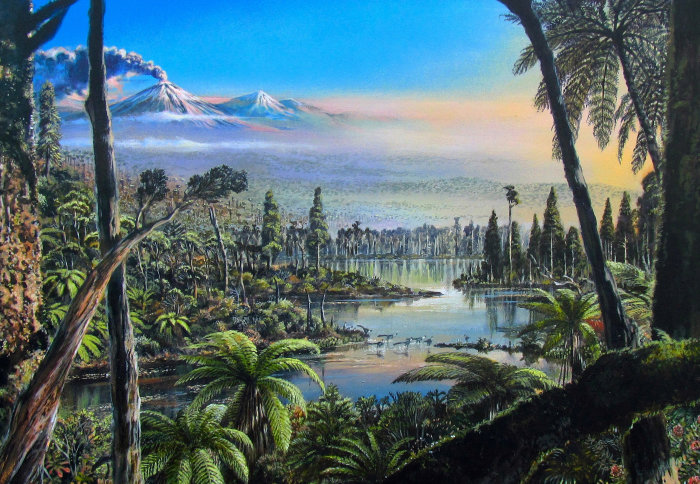
– Studies of sediment cores in Antarctica show that about 90 million years ago, the area was a tropical forest, with abundant plants and a warm climate. This shows that during the Cretaceous period, the earth’s temperature was much higher and sea levels were also significantly higher than today.
9. **The Weddell Sea Fish School**:
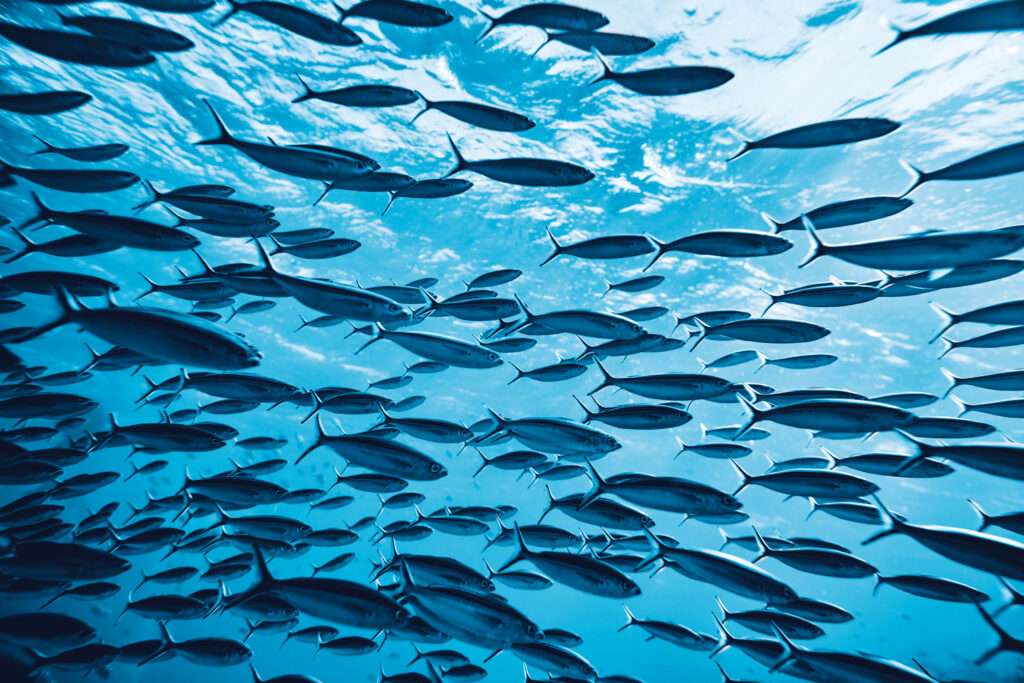
A school of fish estimated to be around 60 million strong, living under the ice of the Weddell Sea, has been discovered. The school includes icefish, which have transparent blood containing antifreeze proteins, helping them survive in the cold. The ecosystem was discovered in 2022 and covers an area the size of Malta.
10. **Erebus Volcano**:
 This volcano is the highest active volcano in Antarctica, famous for its long-standing and stable lava lake. What’s special is that the lava here contains very little water but is rich in CO₂, making it less explosive than other volcanoes. Recent studies have shown that volcanoes with a lot of water are more likely to cause dangerous explosions, such as the eruption of Mount St. Helens. Helens in 1980.
This volcano is the highest active volcano in Antarctica, famous for its long-standing and stable lava lake. What’s special is that the lava here contains very little water but is rich in CO₂, making it less explosive than other volcanoes. Recent studies have shown that volcanoes with a lot of water are more likely to cause dangerous explosions, such as the eruption of Mount St. Helens. Helens in 1980.
11. **The Danger Island Penguin Superpopulation**:
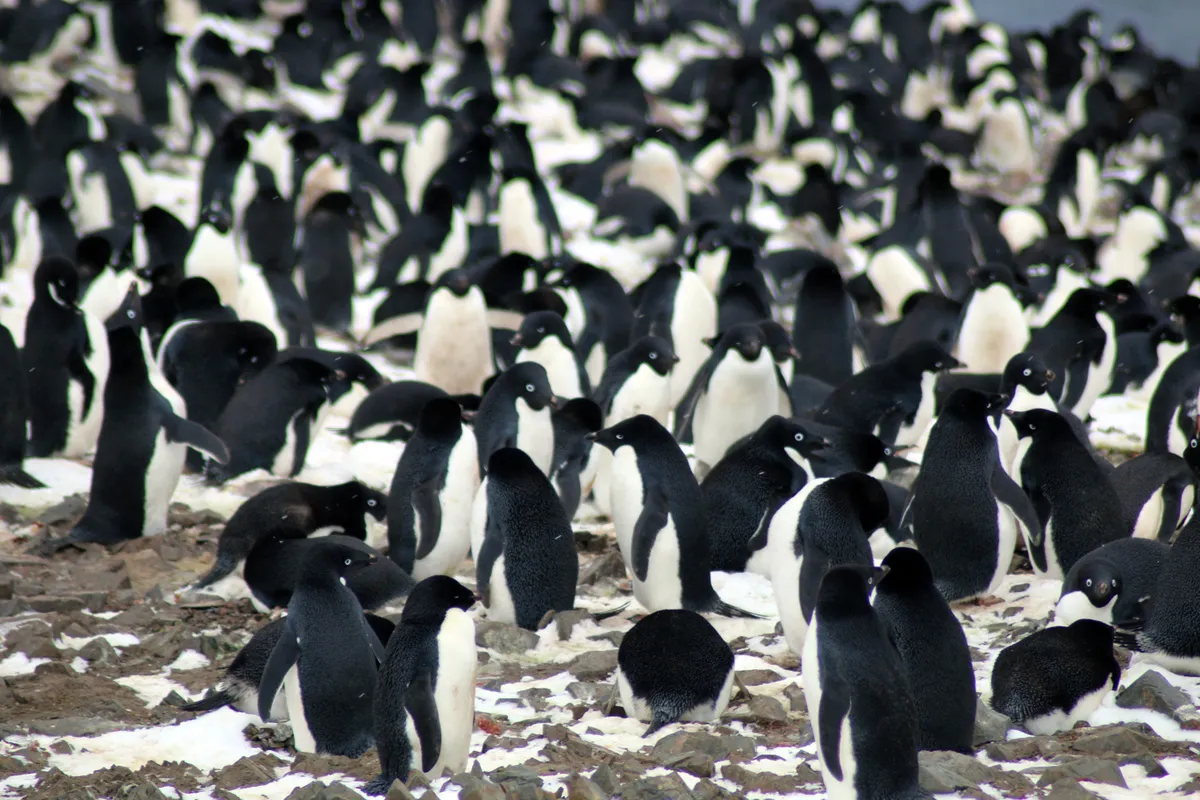 In 2018, scientists discovered a superpopulation of about 1.5 million penguins living on Danger Island using satellite images. These small penguins are difficult to detect because they are small, only about 70 cm long, and live in an extremely remote area, surrounded by sea ice.
In 2018, scientists discovered a superpopulation of about 1.5 million penguins living on Danger Island using satellite images. These small penguins are difficult to detect because they are small, only about 70 cm long, and live in an extremely remote area, surrounded by sea ice.
12. **Sounds from the ice**:

The ice in Antarctica produces sounds that we cannot hear with the naked ear because it oscillates at a frequency of about 5 Hz, with a period of 5 seconds. This sound changes during storms or when the ice melts, creating a strange and mysterious sound.
13. **Colorful icebergs**:
Icebergs in Antarctica can appear with unique colored stripes. The blue stripes form when the water freezes rapidly before creating air bubbles. The green stripes are caused by algae that have settled on the ice as it falls into the ocean and freezes underneath. Other colors like black, brown, and yellow are the result of sediments that the ice has accumulated as it moves down the ocean.
14. **Dry Valleys**:
 These are areas that are mostly ice- and snow-free, consisting of dry land with boulders, a few glacial lakes, and small streams in the summer. The Dry Valleys in Antarctica cover more than 1,000 square miles, and are extremely cold and have very low humidity, making them more similar to Mars than Earth.
These are areas that are mostly ice- and snow-free, consisting of dry land with boulders, a few glacial lakes, and small streams in the summer. The Dry Valleys in Antarctica cover more than 1,000 square miles, and are extremely cold and have very low humidity, making them more similar to Mars than Earth.
15. **Giant Sea Spider**:
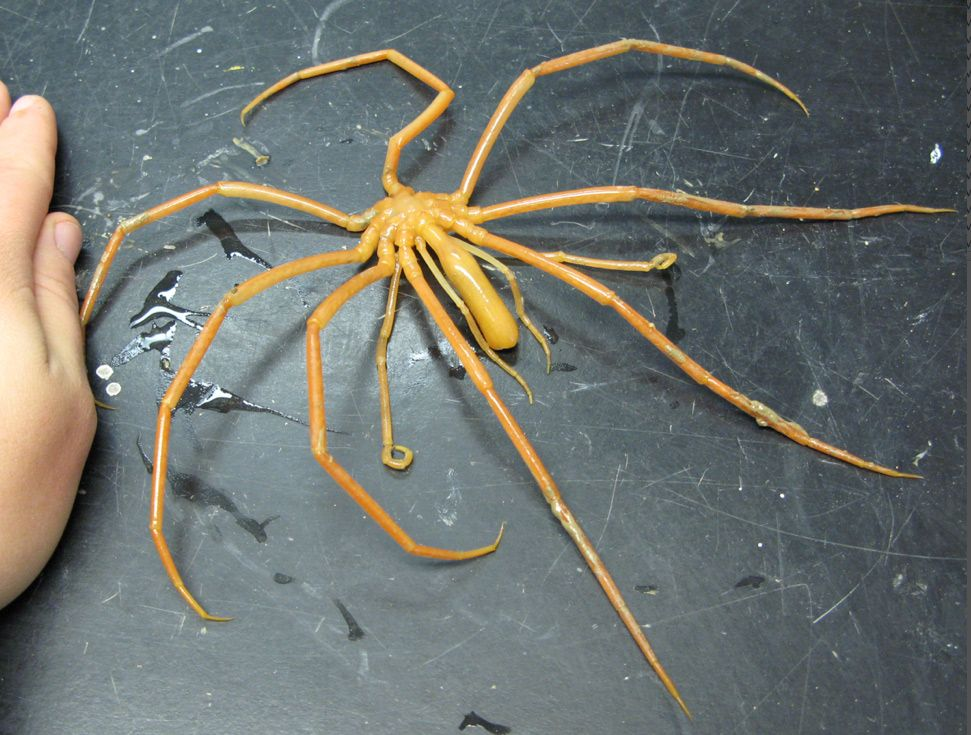 Antarctic sea spiders can grow up to 20 inches in length thanks to “polar growth” — a phenomenon that causes species in polar regions to grow larger than those in other regions. These spiders attach their eggs to the sea floor instead of carrying them around like other sea spiders.
Antarctic sea spiders can grow up to 20 inches in length thanks to “polar growth” — a phenomenon that causes species in polar regions to grow larger than those in other regions. These spiders attach their eggs to the sea floor instead of carrying them around like other sea spiders.
16. **Under-ice tunnels**:
 Giant tunnels under the Antarctic ice, as tall as the Eiffel Tower, are formed by meltwater flowing down from the ice and out to sea. Although once thought to be man-made or alien, they are actually a natural phenomenon, similar to underground rivers.
Giant tunnels under the Antarctic ice, as tall as the Eiffel Tower, are formed by meltwater flowing down from the ice and out to sea. Although once thought to be man-made or alien, they are actually a natural phenomenon, similar to underground rivers.
These discoveries shed new light on the mysterious beauty and wonder of Antarctica – a seemingly quiet place that is teeming with life and activity beneath the ice.








